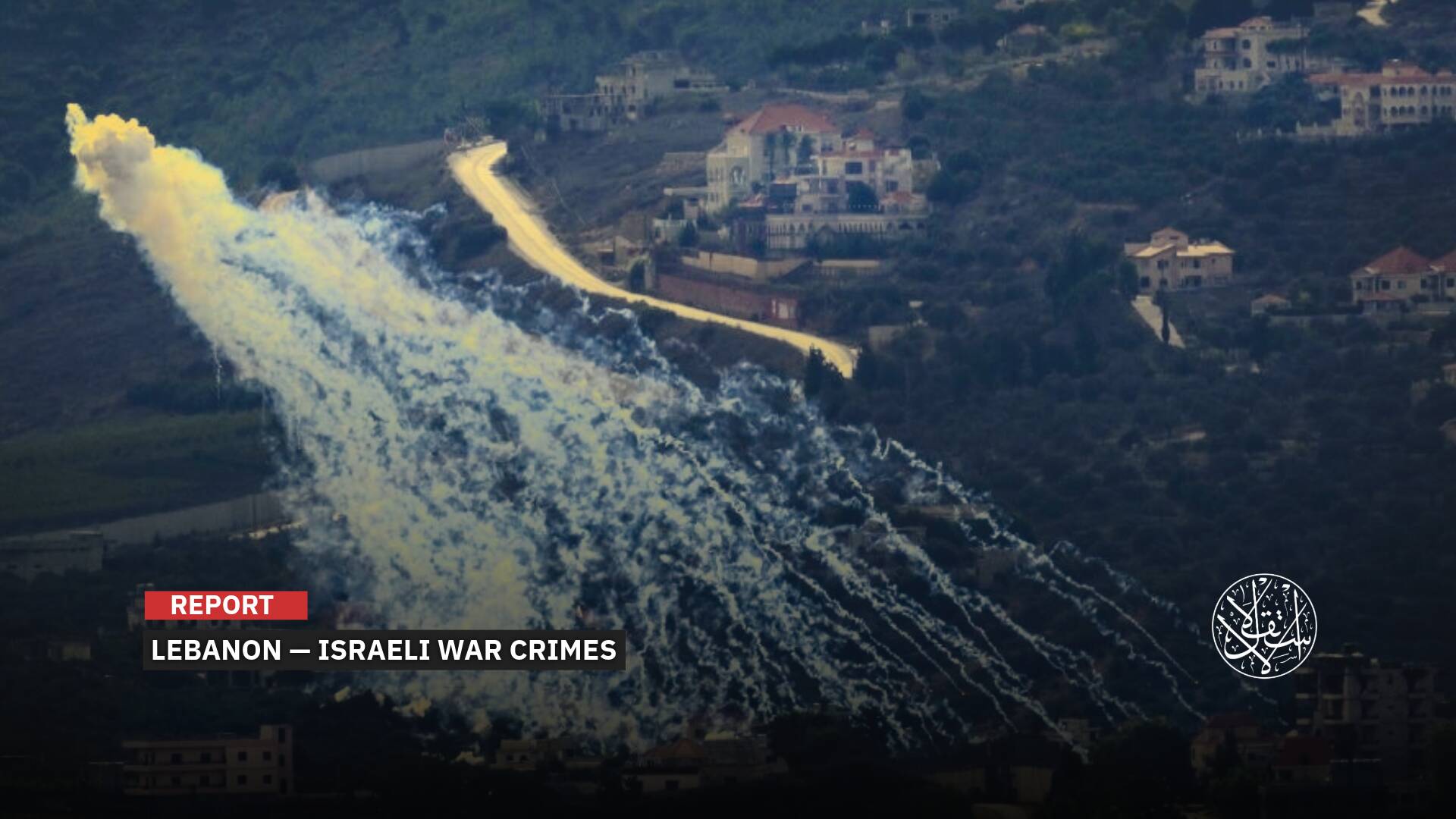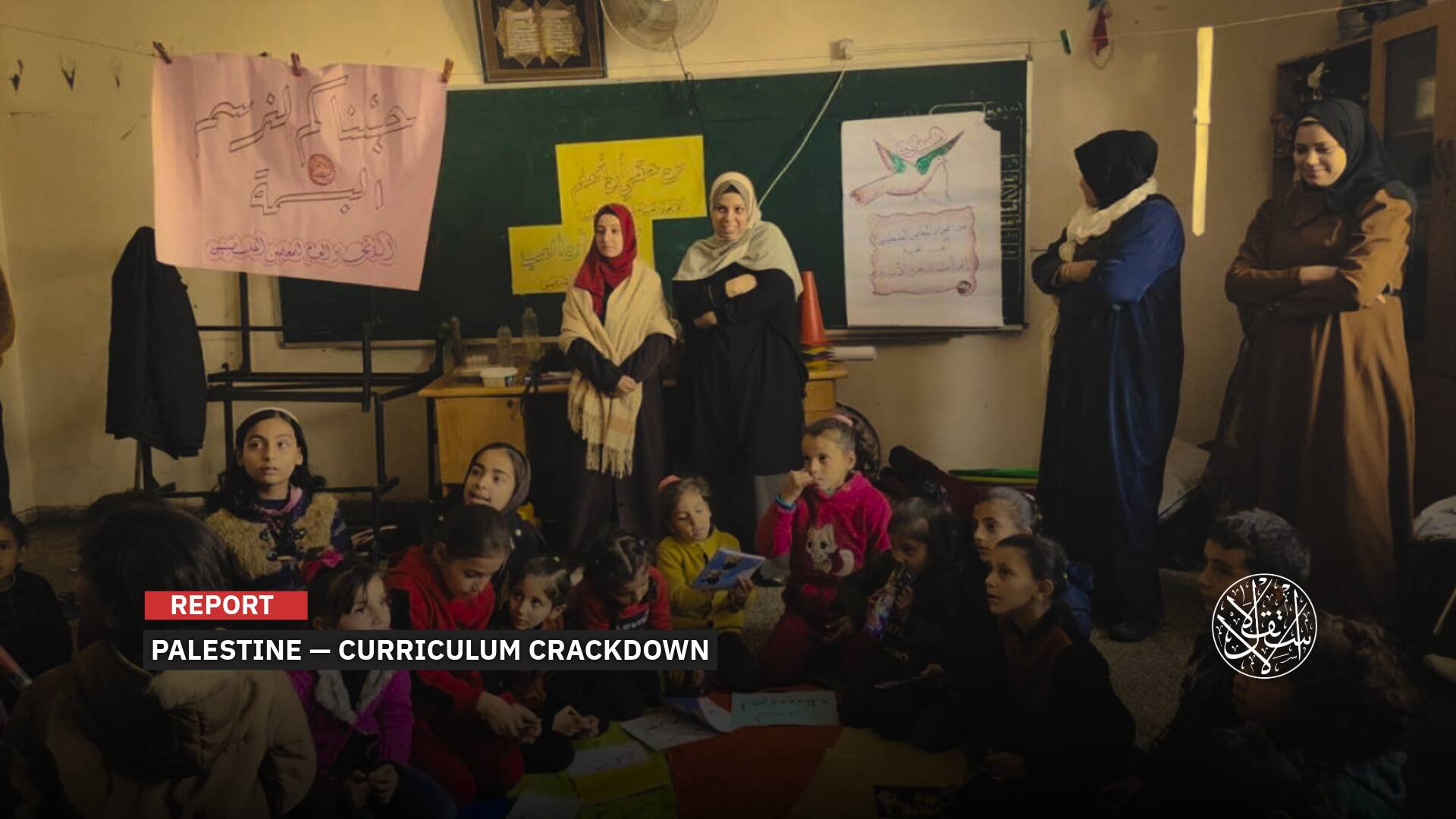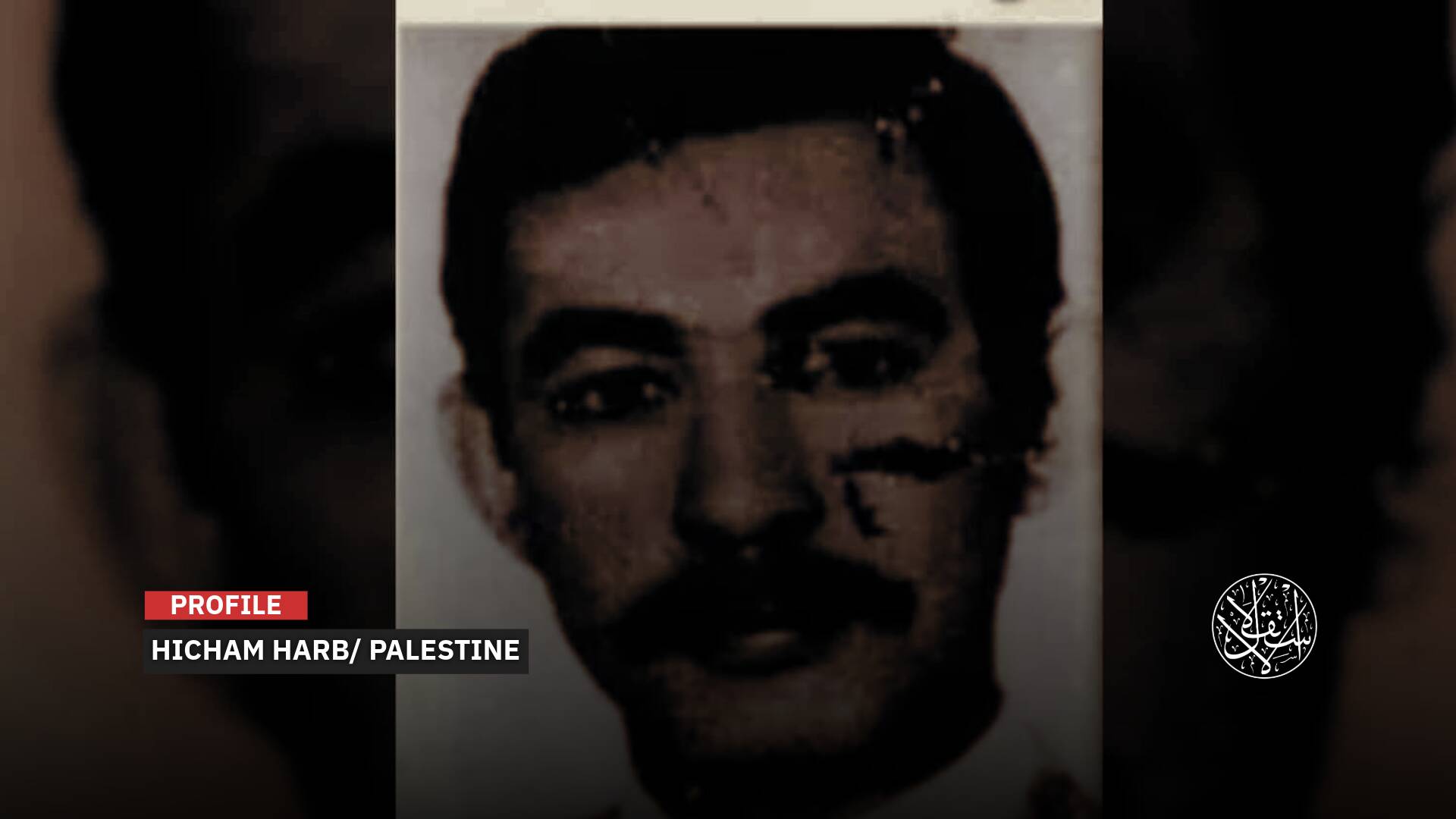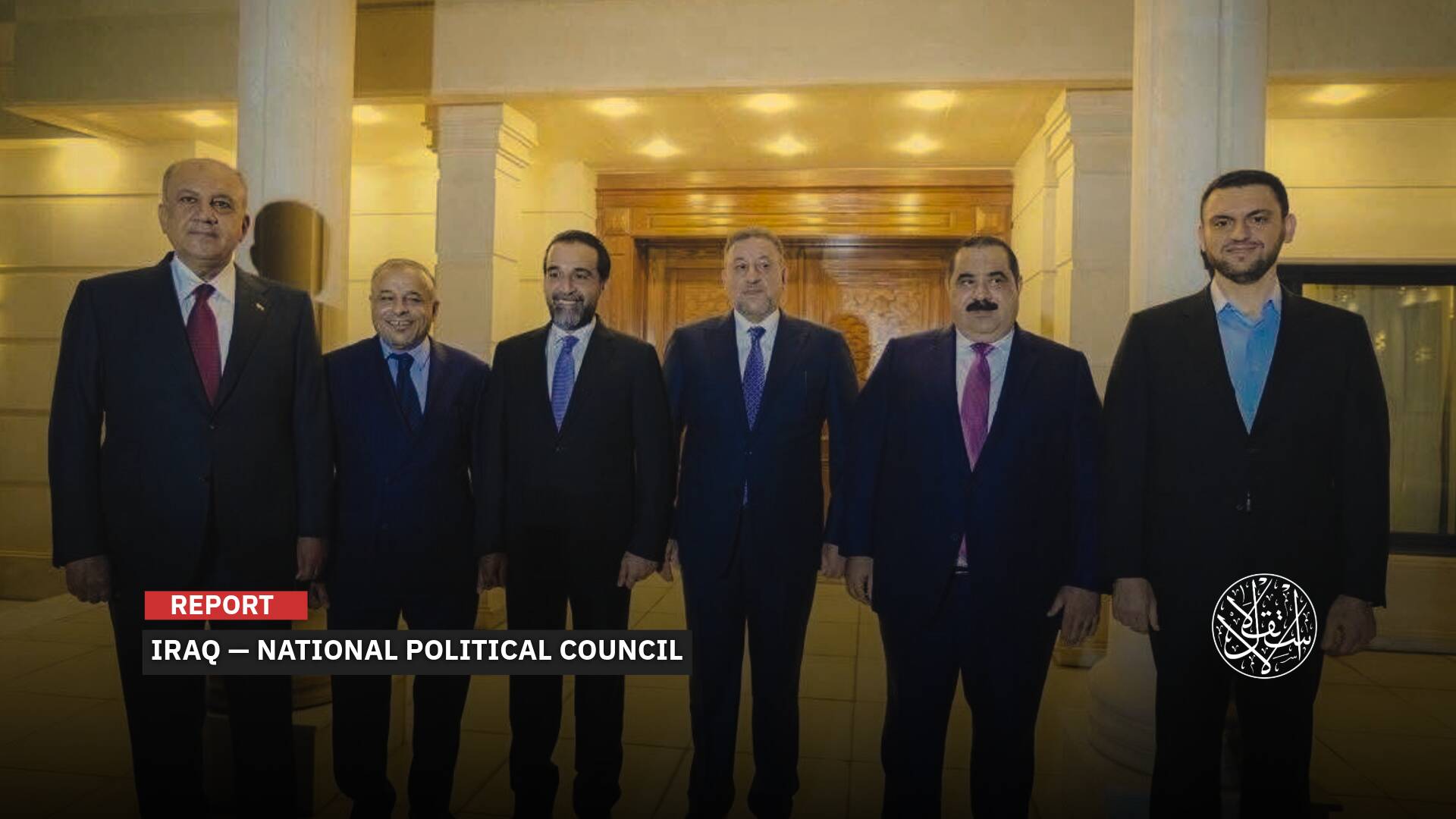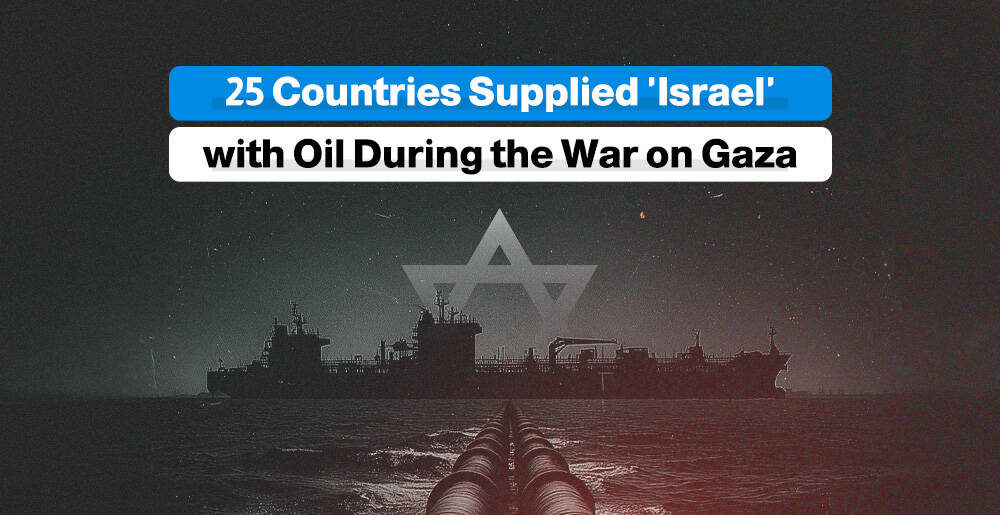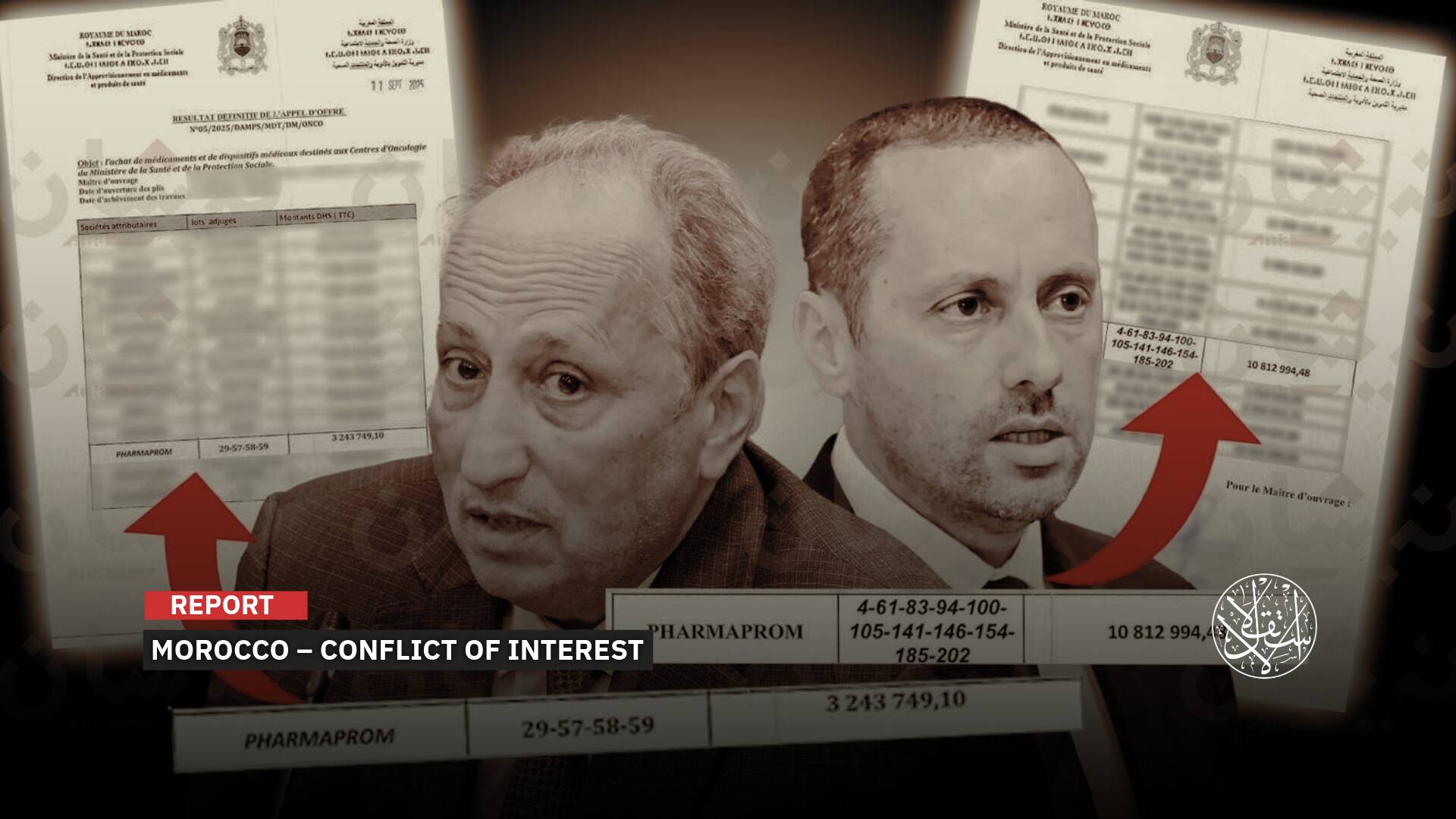‘Israel’s 19 Military Bases' in Gaza: A Step Toward Permanent Occupation?

"We can occupy Gaza and thin the population by half within two years.”
Despite the Biden administration's public stance against Israeli occupation of Gaza or any part of it, Tel Aviv continues to construct real dividing lines within the besieged strip.
These lines are marked by permanent military sites and attempts to forcibly displace Palestinians, including the extermination of populations in these areas, with entire residential blocks being blown up using American-made weapons to facilitate Israeli control.
Both American and Israeli media have reported, backed by satellite imagery, that “Israel” is accelerating the construction of military facilities in Gaza, building 19 military bases, and demolishing 650 buildings for this purpose—all while the world remains silent.
This points to the Israeli Occupation’s true intentions to occupy large parts of Gaza, citing fears of a resurgent resistance that could once again pose a threat to Tel Aviv.
“We can occupy Gaza and thin the population by half within two years.” stated Israeli finance minister and far-right figure Bezalel Smotrich.
Meanwhile, his colleague, extremist national security minister Itamar Ben-Gvir, advocates for encouraging “voluntary migration,” a euphemism for the ethnic cleansing of Palestinians.
This is happening with Western complicity and total Arab silence, as “Israel” waits for Donald Trump to return to The White House, a U.S. president who strongly supports occupation plans.
Most concerning, the talk is not just of a “permanent occupation,” but also the return of Israeli settlements in Gaza, under the pretext of securing settlements near the strip.
A New Military Reality
On December 2, 2024, The New York Times (NYT) revealed a major surge in Israeli military presence across central Gaza.
According to Israeli officials and satellite images, the Israeli military has been strengthening its presence in central Gaza by fortifying military bases and demolishing Palestinian buildings. This move points to a possible preparation for long-term control over the area.
“Over the past three months, soldiers have demolished more than 600 buildings around the road in an apparent attempt to create a buffer zone. They have also rapidly expanded a network of outposts equipped with communications towers and defensive fortifications,” as per The New York Times.
While some of these bases were constructed earlier in the war, the images also show an accelerated pace of construction, with 12 bases being built or expanded since early September 2024.
Many of these military settlements within Gaza are paved, surrounded by “defensive” walls and trenches, and contain barracks, access roads, and parking areas.
Satellite imagery also shows that Israeli Occupation forces have expanded the Netzarim Corridor, a 6.5 km-long strip that divides Gaza into two, covering an area of about 29 square kilometers.

Amir Avivi, a retired brigadier general who is regularly briefed by Israeli Occupation’s security establishment, said many of the military leaders now believed “withdrawing and separation are no longer options.”
“That’s why they’re building all of this,” said General Avivi, who leads a forum of hawkish former security officials. “At the end of the day, the facts speak for themselves.”
The paper's analysis indicates that from September 3 to November 21, 2024, Israeli Occupation forces demolished at least 620 residential buildings, greenhouses, and other facilities, using Israeli contracting companies. This suggests a long-term Israeli presence in Gaza.
Israeli analysts and critics argue that the Netanyahu government's refusal to implement a ceasefire in Gaza signals its intention to impose military rule over the territory.
Following the NYT report, the U.S. implicitly rejected the construction of a permanent Israeli military base in Gaza. The U.S. State Department claimed, however, that it cannot confirm information regarding the construction of Israeli military bases in Gaza.
Long-Term Occupation
“Israel” is carrying out construction works in Gaza, signaling its intention to occupy the area for the long term, Haaretz said on November 13.
The paper revealed that the “2025 combat plan,” which has been circulated to Israeli officers and soldiers in active and reserve service, shows that “the military presence in Gaza will continue through next year.”
“The way it looks on the ground, the IDF won't leave Gaza before 2026,” an officer in one of the brigades fighting in Gaza told Haaretz. “When you see the roads being paved here, it's clear that this isn't intended for the ground maneuvers or for raids by the troops into various places. These roads lead, among other places, to the places from which some of the settlements were removed. I don't know of any intent to rebuild them, that isn't something we're told explicitly. But everyone understands where this is going.”
The paper reported that the Israeli military is building extensive infrastructure in Gaza, including widening corridors into wide streets, some of which extend into areas that had settlements before 2005. Military sites are being established for long-term use.
Israeli officers and soldiers mentioned that, in recent weeks, the army has started “clearing large areas” within Gaza, which involves “destroying existing buildings and infrastructure” under the claim that they pose “a risk” to soldiers.
According to Haaretz, the Israeli Occupation army is conducting similar actions around the Netzarim Corridor in several areas of Gaza.
“The goal – whether it is talked about openly or not – is clear: building the infrastructure for the military's prolonged stay in the field, at least in the first stage.”
The Israeli army is also constructing another road in the Kissufim Corridor between Deir al-Balah (central Gaza) and Khan Younis (southern Gaza).
Haaretz pointed out that the current construction work suggests the creation of Israeli enclaves, reminiscent of the period before the Israeli Occupation’s withdrawal plan from Gaza in 2005.
“We slept in reinforced containers with electrical outlets, air conditioning, and everything, it was at a higher level than most of the outposts I was in during my service,” an officer who served at the end of the summer at an outpost near the Netzarim corridor told Haaretz.
“We had a dairy kitchen and a meat kitchen [for kashrut], a synagogue that was brought in, and the war room was also inside a protected container.”*
He said the feeling was that it was another front in the Gaza border area or in the West Bank, not a temporary arrangement in a danger zone.
“We went around without helmets and without ceramic vests, and played soccer inside the post,” he added. “We grilled meat outside almost every night. There wasn't a sense of being in a war zone.”
Haaretz attributed this sense of normalcy to “improvements in conditions” following the evacuation of civilians, which has turned the area into a “military enclave.”
Notably, The New York Times also confirmed that as part of its plans for long-term occupation, the Israeli Occupation army is working to expand the Philadelphia Corridor at the border with Egypt.
The paper revealed that the military has demolished several buildings and land areas there, ranging from one to three kilometers in width.
There has been no response from Egypt. However, a report by Channel 12 on December 6, 2024, claimed that “Cairo proposed a plan for Gaza that does not involve ending the war” or an Israeli withdrawal from the region, but rather a “temporary ceasefire.”
On December 2, 2024, during a meeting in Cairo with UN Deputy Secretary-General Amina Mohammed, Egyptian Foreign Minister Badr Abdel Aaty reiterated Egypt's rejection of the Israeli military presence on the Palestinian side of the Rafah border crossing and in the Philadelphia Corridor.
Haaretz reported that Netanyahu’s government is requesting the military to expand the Philadelphia Corridor by another kilometer, a move that would require the destruction of entire neighborhoods in Rafah.
Israeli observers believe that Egypt’s silence regarding the Israeli occupation of the Philadelphia Corridor, in violation of the peace agreement, and its reliance on mere statements demanding Israeli withdrawal without real action, is encouraging “Israel” to expand this border area.
A report from the Israeli Broadcasting Authority (KAN) on December 3, 2024, citing security agencies, estimated that the cost of imposing military rule on Gaza would exceed 25-30 billion shekels ($6.8 billion) annually.
However, Finance Minister Bezalel Smotrich told Israeli radio that “the cost of military rule in Gaza will not exceed hundreds of millions, not billions as some claim,” justifying and confirming the occupation's plan.

‘We Will Not Hand It Over to the Palestinians’
Despite discussions about an Egyptian plan to manage the Gaza Strip and its crossings, including Rafah, and the temporary withdrawal of the Israeli Occupation from the area, Israeli estimates still indicate that the besieged enclave, or any area, will not be handed over to any Palestinian entity, even if it were the Ramallah Authority.
Israeli and international newspapers have revealed a plan to hand over Gaza's administration to an American-Israeli mercenary company licensed to kill.
The company, called Global Delivery Company (GDC), employs many former Mossad officers and is led by Israeli-American businessman Mordechai “Moti” Kahana.
The plan aims to establish what resembles closed cantons for Palestinians in different areas, or “concentration camps,” referred to as “humanitarian bubbles.” This company would be responsible for supplying food to Palestinians and transporting international aid to them.

Access to these cantons in Gaza will be restricted, except for the residents of the area who will be granted permission through “biometric identification” (automated identification of individuals through fingerprints and iris scans).
The Israeli army will be tasked with “cleansing” any bubble of “terrorists,” and then a separation wall will be erected around each “bubble,” meaning a designated residential area, according to Hebrew newspapers.
The first to reveal this plan was Yedioth Ahronoth on October 19, 2024, confirming that the Israeli army had chosen Kahane's company to deliver aid to Gaza.
This plan was further confirmed by The Guardian on October 22, 2024, which highlighted that “Israel” was considering using private security companies, including veterans from British special forces, to deliver aid to Gaza, as the situation in the northern part of the enclave deteriorated significantly.
The Guardian quoted the mercenary company owner, Kahane, as saying that his company's plan involves creating closed communities or bubbles under armed guard, providing a safe space for distributing aid.
According to Kahane, the idea is to place Palestinians in closed communities, ensuring their security while allowing them to manage their own lives, with the company handling the delivery of humanitarian supplies to their communities.
DropSite News also reported on October 22, 2024, that “Israel” is considering a plan to deploy American logistical and security firms to establish “gated communities” in Gaza.
Palestinians would undergo biometric checks to receive aid once “Israel” withdraws from Gaza, meaning that Israelis would remain involved in this Israeli-American company.
In her commentary on the mercenary company plan, Israeli writer Noa Landau in Haaretz on October 22, 2024, emphasized that Netanyahu’s post-war strategy is military occupation, mercenaries, and settlements in Gaza.
She underscored that Netanyahu's government has decided to “privatize” military rule in the Gaza Strip as part of its post-conflict plans for the area.
Sources
- Israel Builds Bases in Central Gaza, a Sign It May Be There to Stay
- IDF Gearing Up to Remain in Gaza Until End of 2025, at Least. This Is What It Looks Like
- The Israeli-American Businessman Pitching a $200 Million Plan to Deploy Mercenaries to Gaza
- As Israel weighs subcontracting Gaza aid delivery, a philanthropist makes his pitch
- Opinion | Netanyahu Is Selling Gaza to Private Militias
- Israel mulls using private security contractors to deliver aid to Gaza



